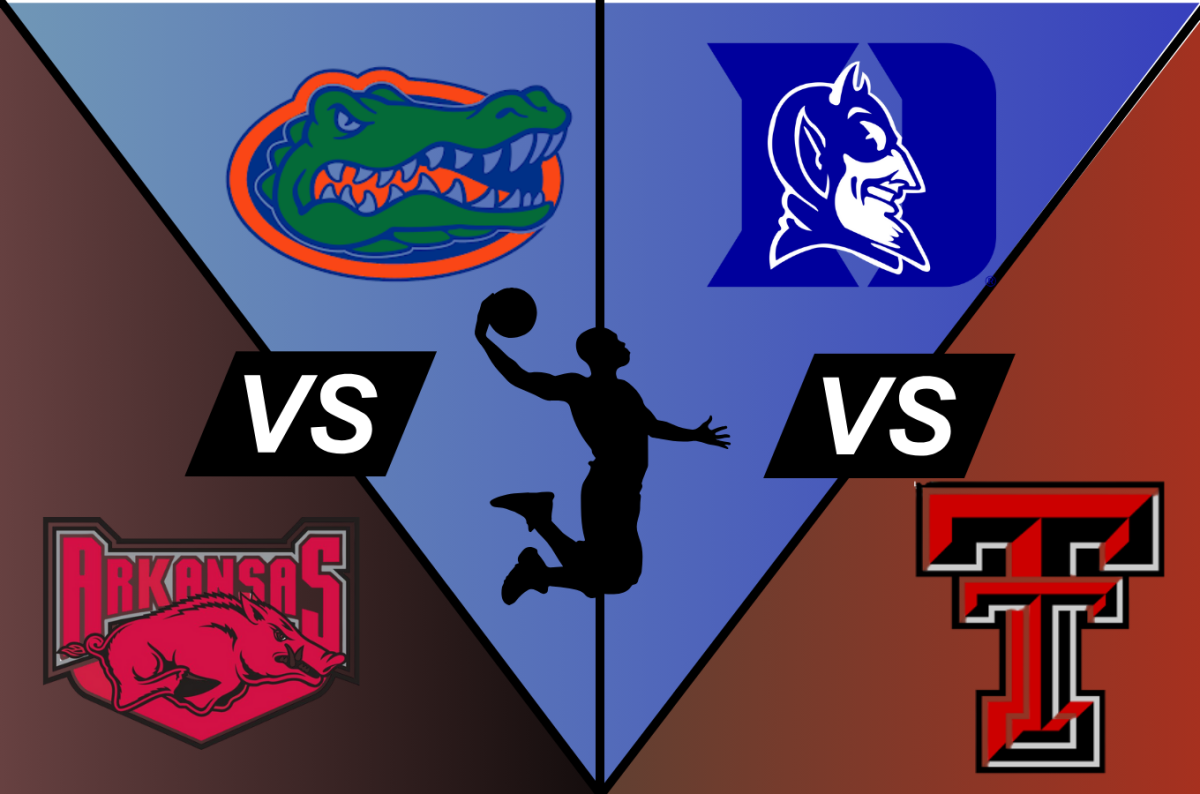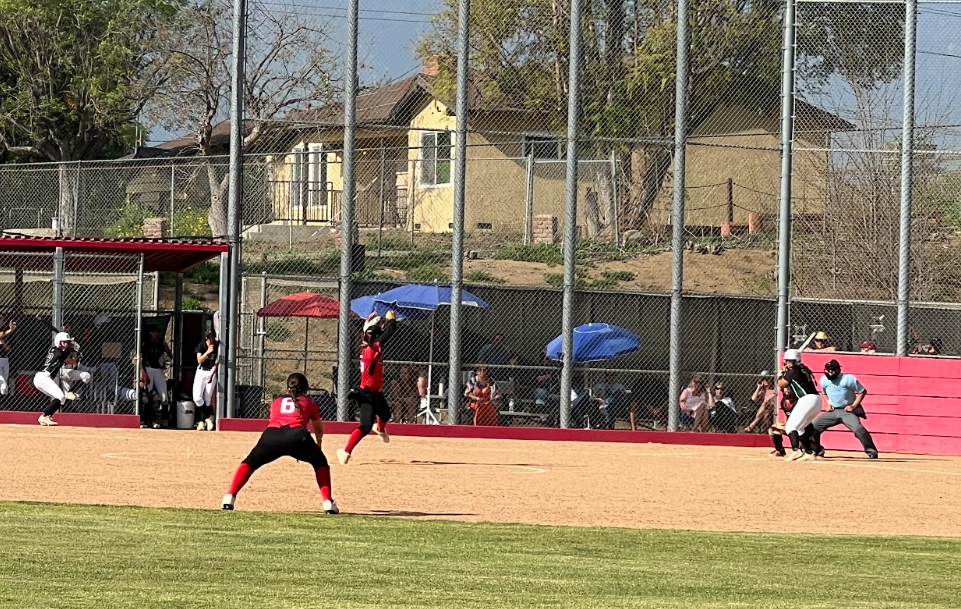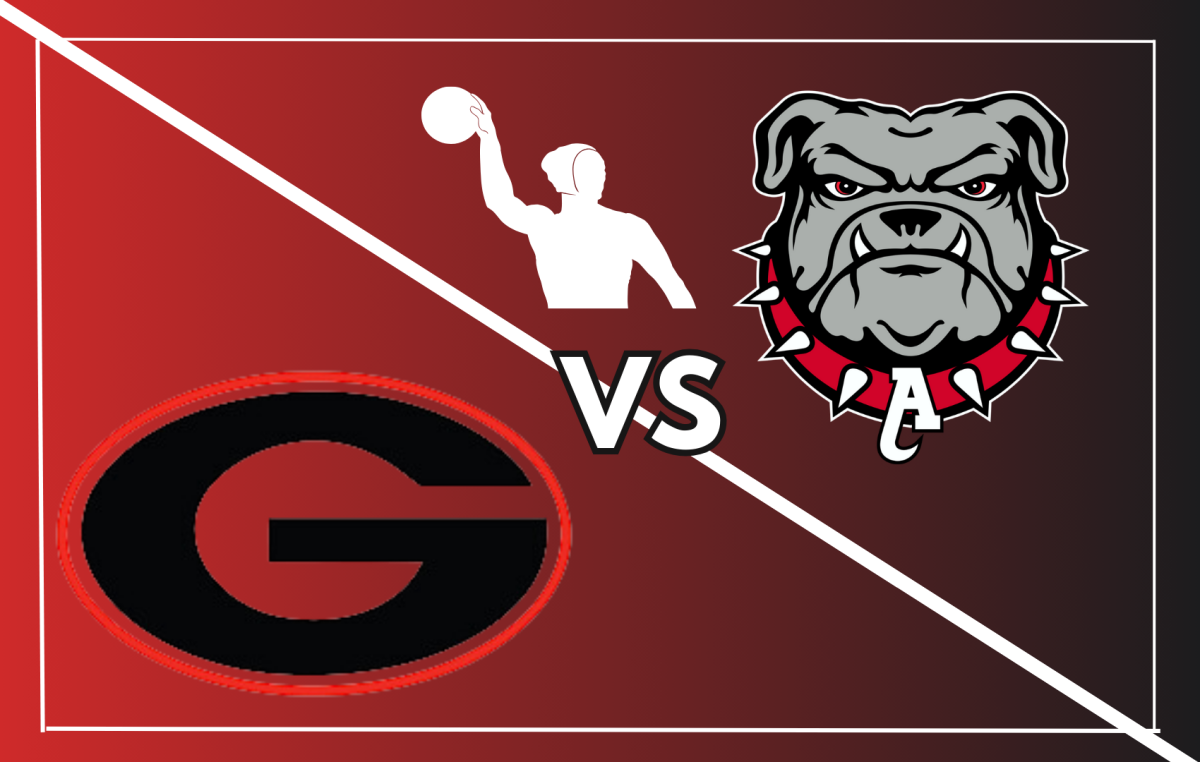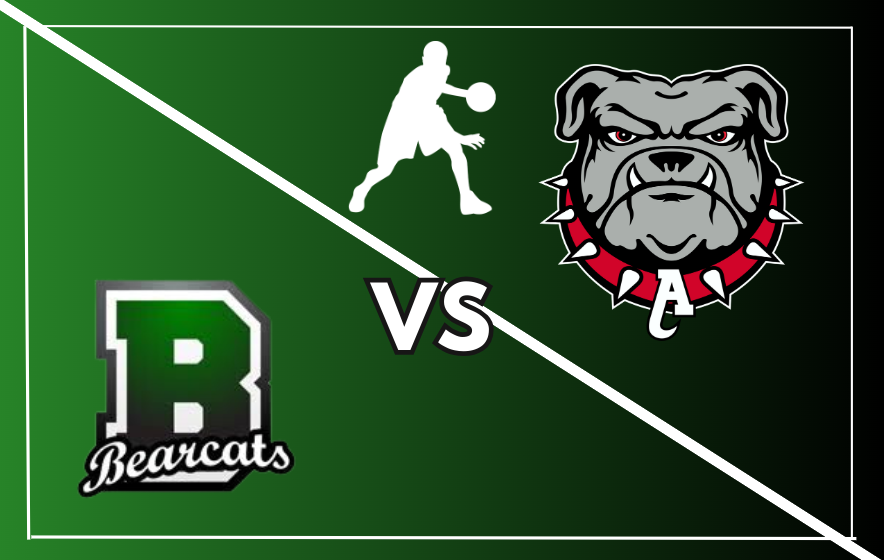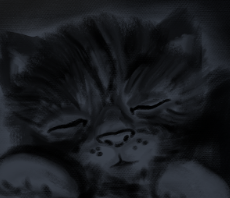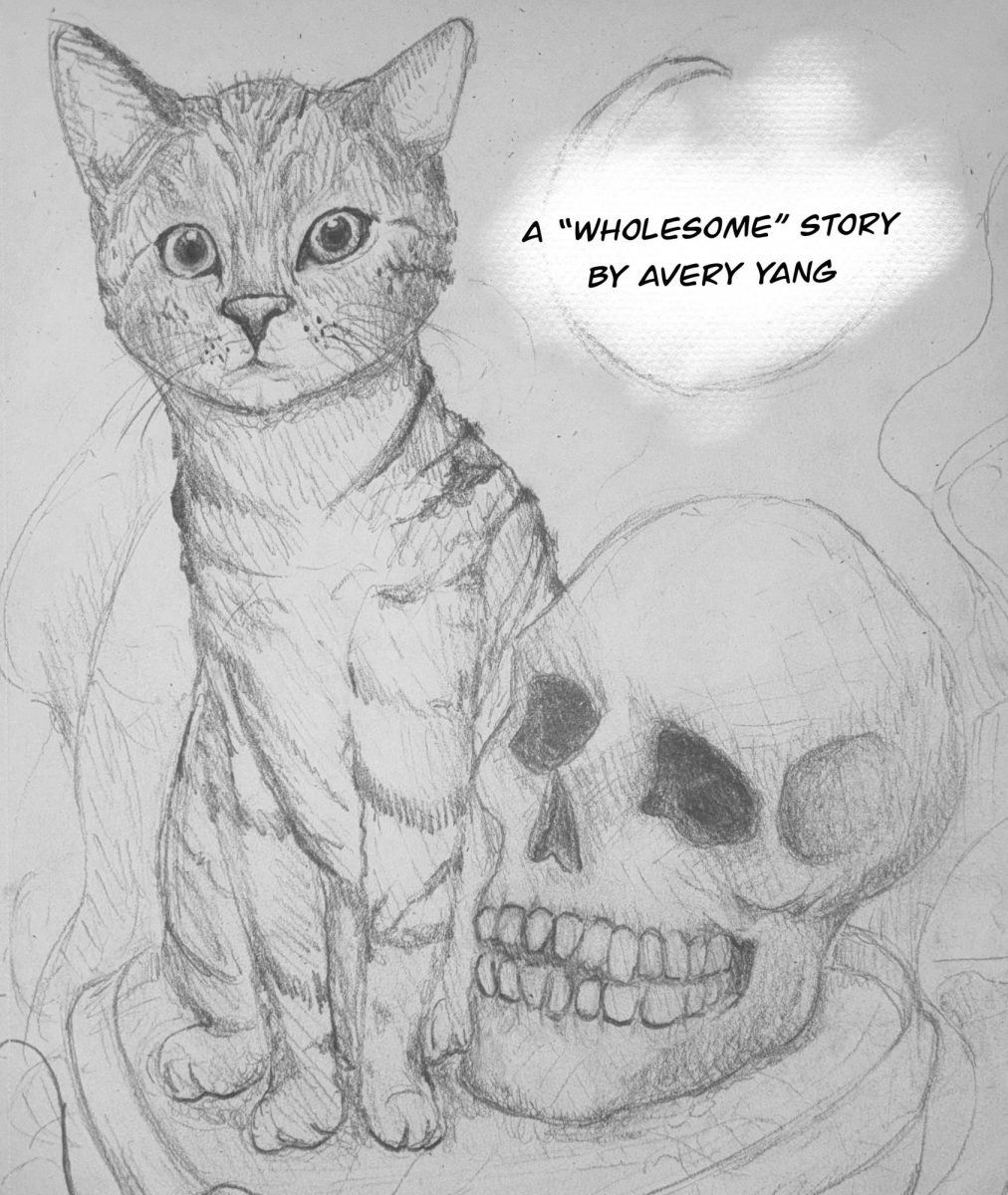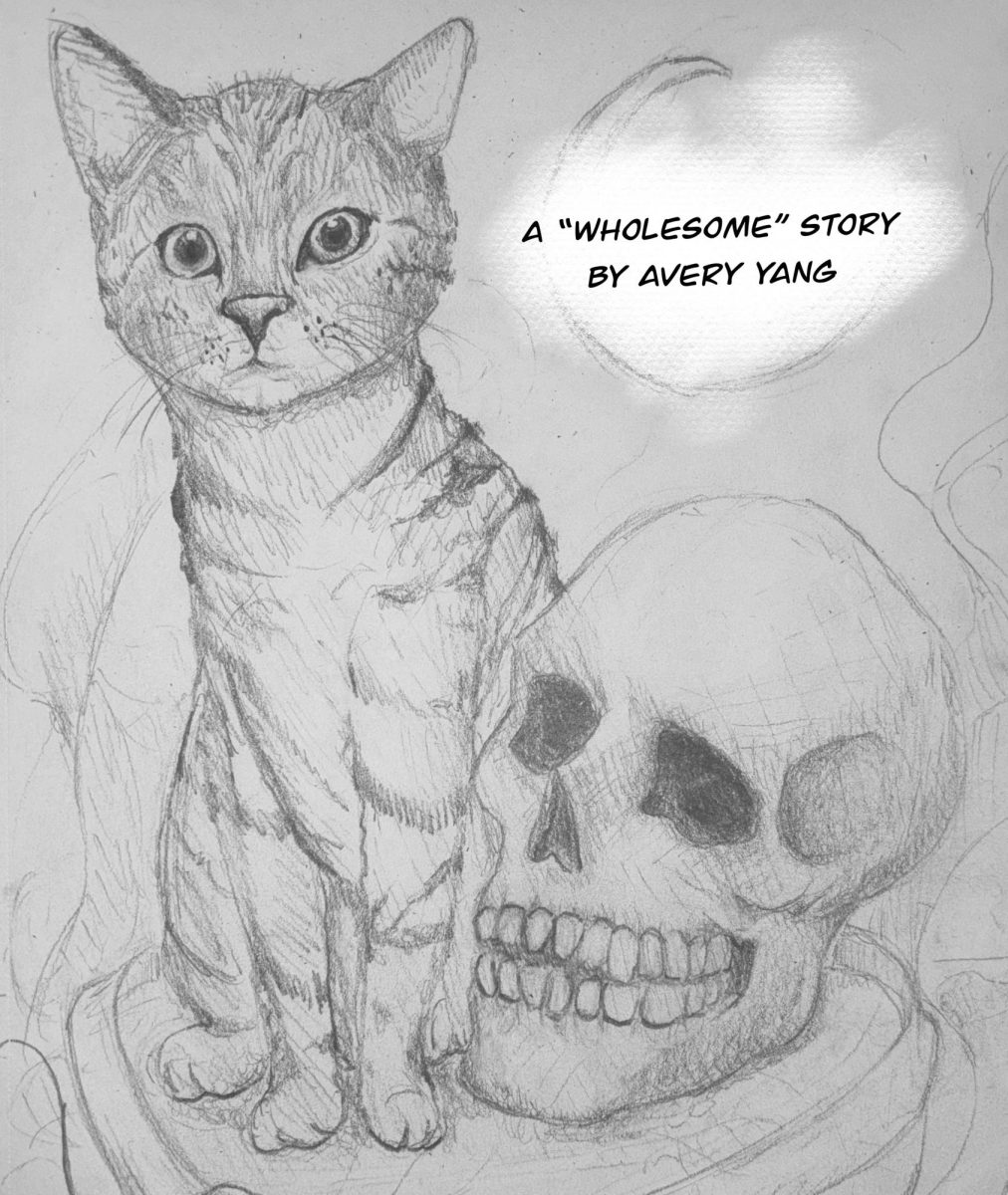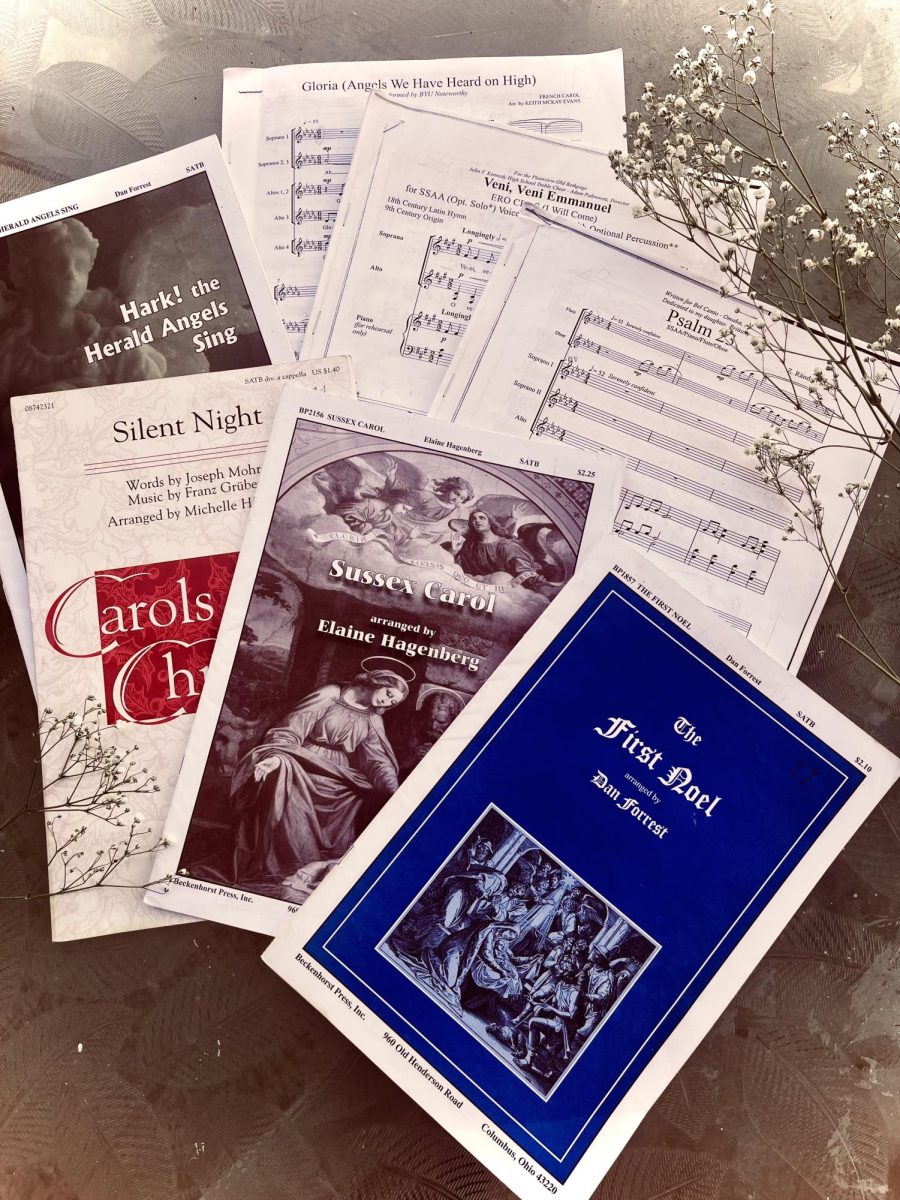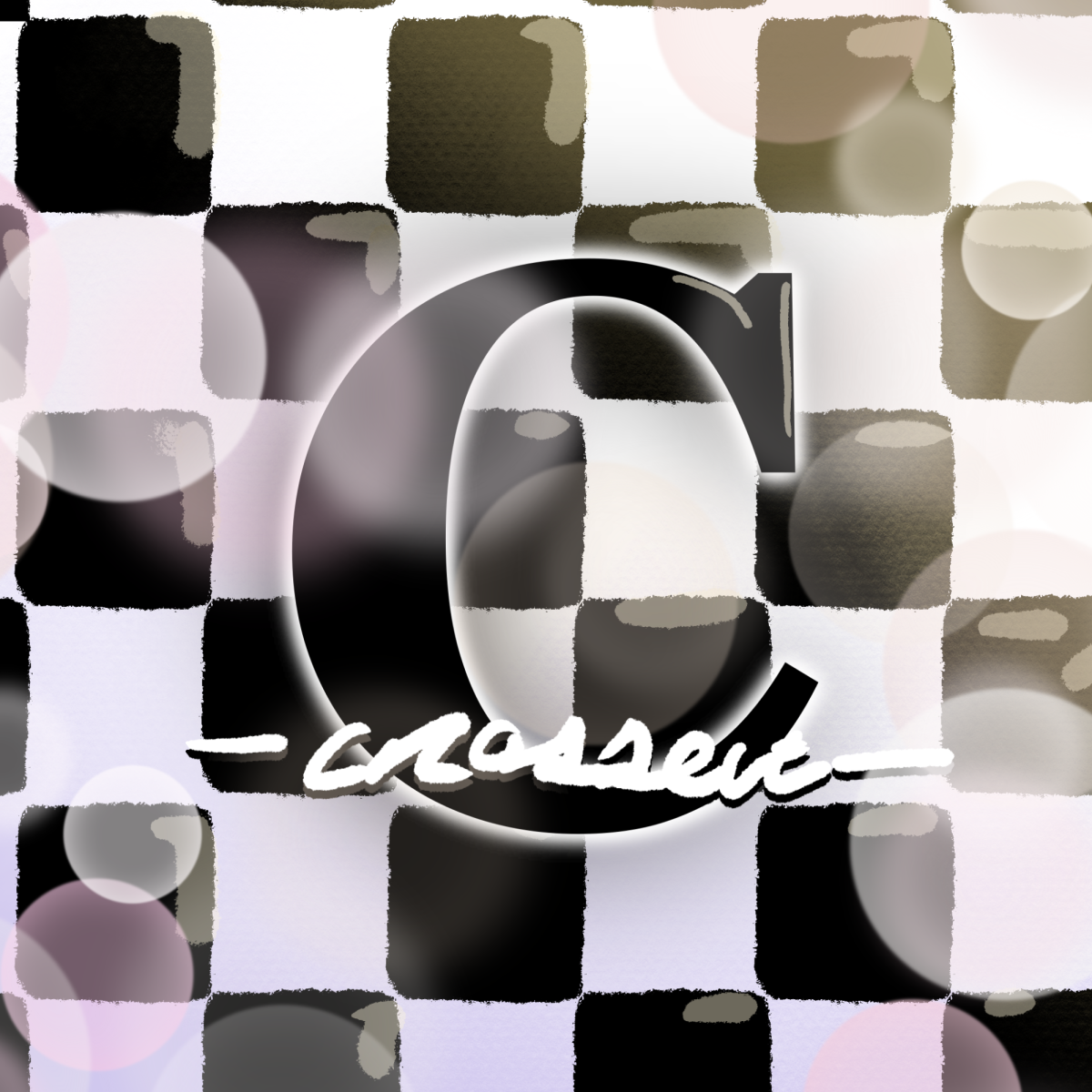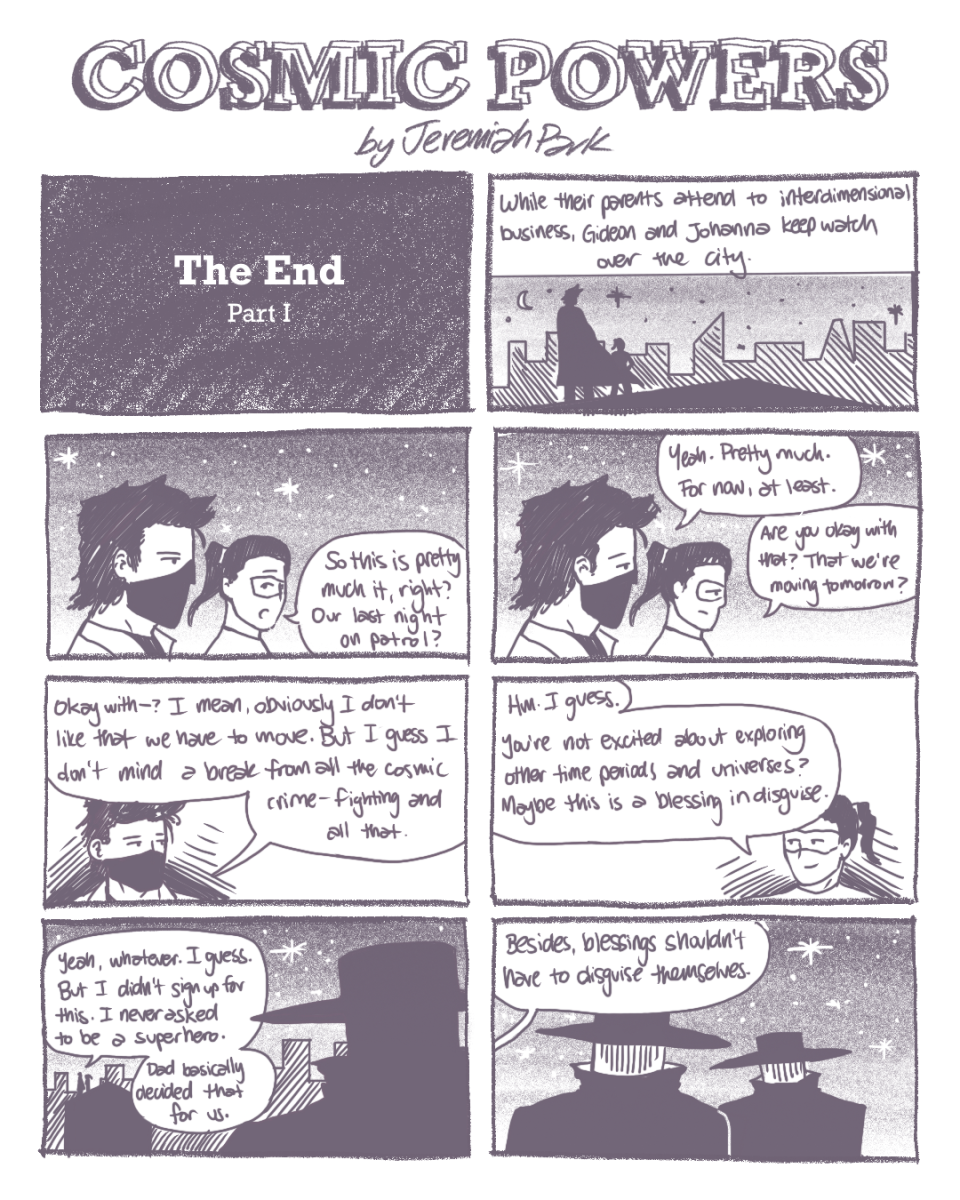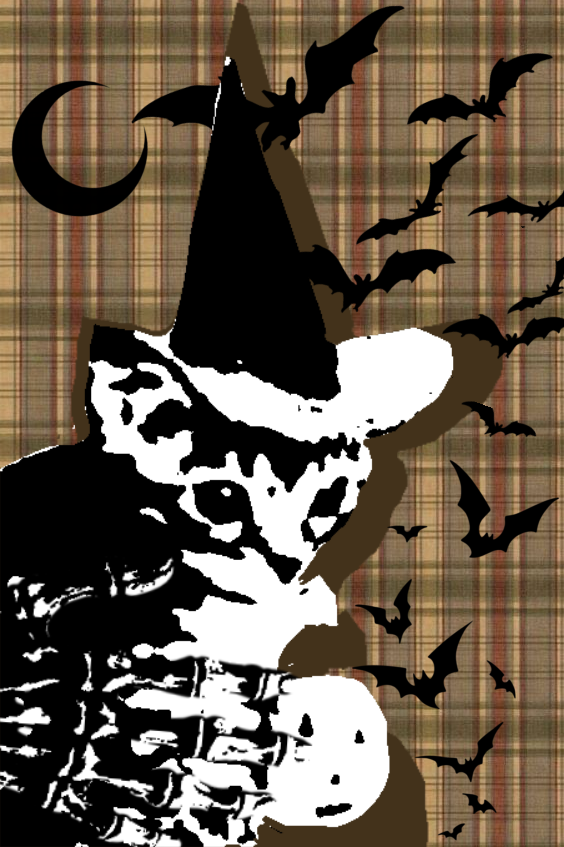Ash Wednesday, Lent, and everything in-between
St. Paul the Apostle Catholic Church celebrates Lent, Ash Wednesday, and Good Friday during the spring season.
March 9, 2023
Ash Wednesday. Lent. Good Friday.
All these religious events are to prepare for the resurrection of our Lord and Savior, Jesus Christ. Many people who worship under Christianity, mostly Catholics, take these few months to honor the resurrection of Jesus, who rose from the dead three days after being crucified on a wooden cross. Many take this time to be right with God, remember human morality, and seek reconciliation.
The earliest account of Ash Wednesday goes back to 8th century Rome, where sinners and grievers would repent sins and be sprinkled with ashes. These sinners were to remain apart from non-sinners until Maundy Thursday, the Thursday before Easter. Once the idea of a true ‘Lent’ came into play, ashes were put on the foreheads of sinners, rather than being sprinkled upon their bodies.
Next in line is Lent, which lasts from the ending of February (starting the 22nd), all of March, and the beginning of April (ending the 6th). Throughout this time, people give up something that means something to them. Reportedly starting in 325 AD, earliest accounts of Lent went towards fasting. Many versions of Lent were implemented, the first in about 170 AD, where the dispute of pre-Easter days called for a Lent. Then in around 592 AD, Pope Gregory I finalized the length of fast for Lent which would be 46 days before Easter.
Holy Thursday, or Maundy Thursday, marks the day that Jesus held his last supper with his 12 disciples. Marking the Thursday before his death, people traditionally wash their feet as a gesture to the lord, when his feet were cleaned before a sinner, wishing to be ridden of his sin.
Good Friday is the day where Judias, once a follower of Jesus, accused Jesus Christ of blasphemy and was ordered to be crucified that very day. Jesus was denied freedom by the Roman people, who ordered a murderer be set free and Jesus to die. He was forced to carry his cross across the town, the same cross he was to die on. This holiday proves important in the faith, as it represents the death of the son of God. Masses happen all day, red coloring is changed to black, and a fast is observed on the day as well.
Holy Saturday is the day Jesus’ soul lay at rest in his stone tomb guarded by Roman soldiers. According to belief, Jesus’ soul journeyed through hell and he collected all the righteous people in hell before bringing them to the now opened gates of heaven. Masses are limited on this day, and a black cloak covers most alters.
Another more common celebration is that of Palm Sunday. On this day, many make crosses of palm leaf, as it is used to represent peace. Other branches/leaves will be used if palms are not accessible, and sometimes will go as Branch Sunday.
The last and final holy holiday leading up to Easter is, well, Easter. Easter is the day Jesus rose from the dead and told his disciples to spread his teachings, to save those in the wrong, and to honor him as the son of God, our savior. Colored eggs, gift baskets, and celebration happens every year on Sunday, and families meet to not only celebrate the holiday, but celebrate Jesus Christ as the savior of men, and the son of God.
Easter is months away, but with Lent fully underway, it is important to remember these holidays and the significance of what they mean.

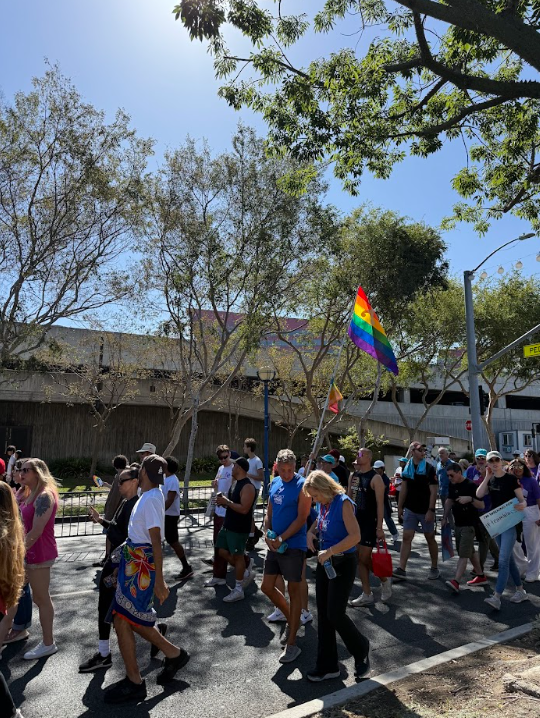

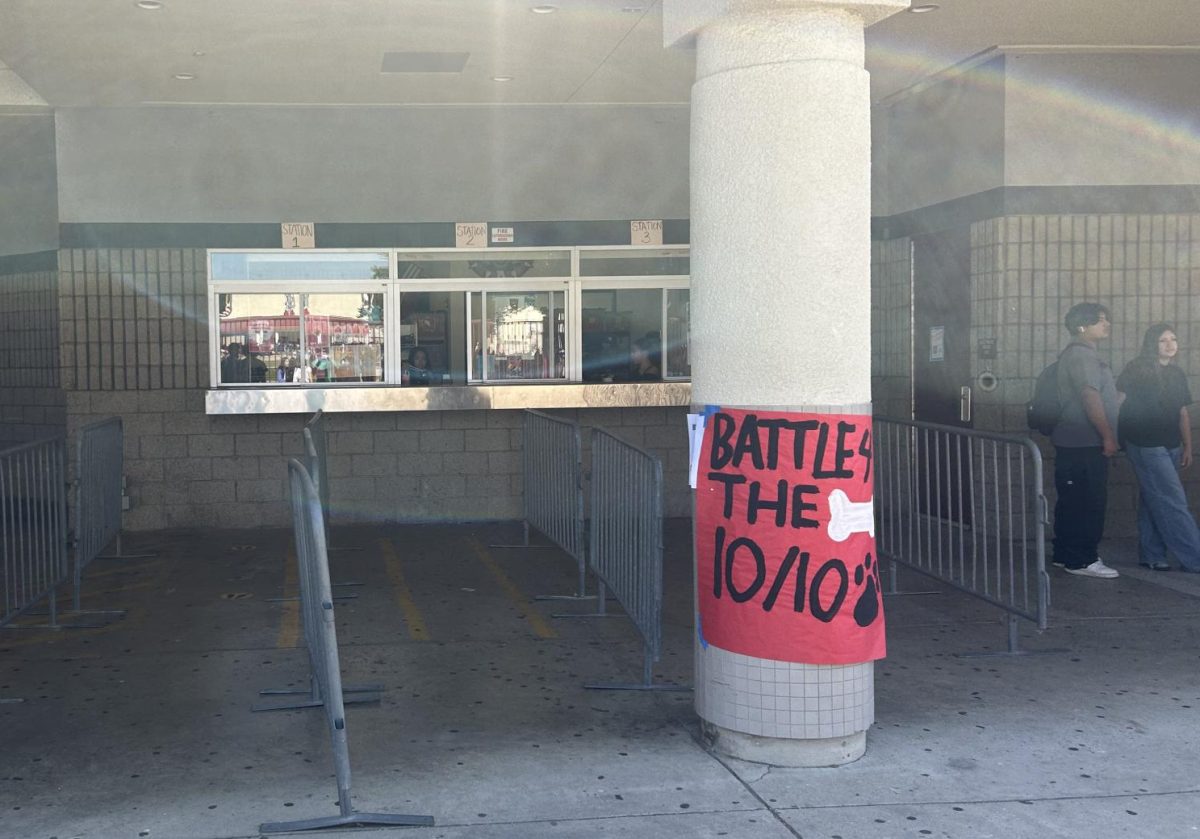






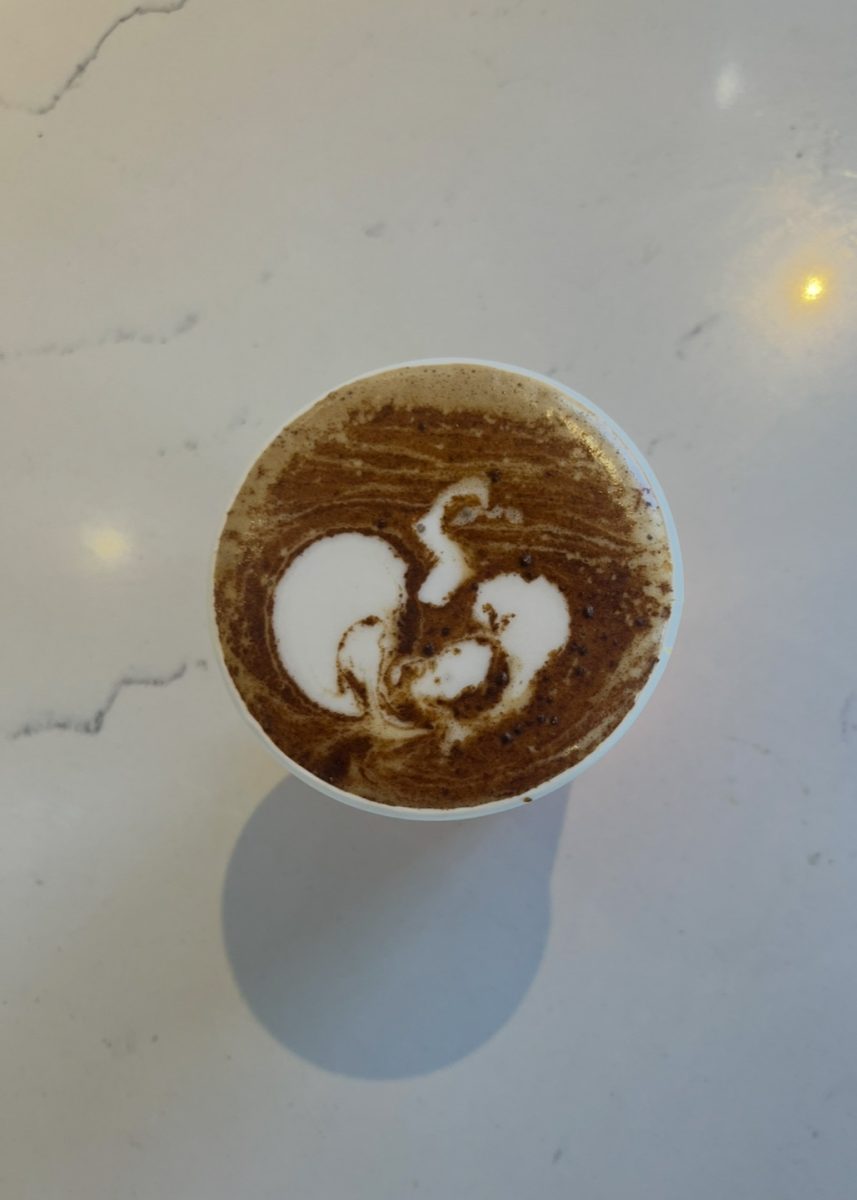









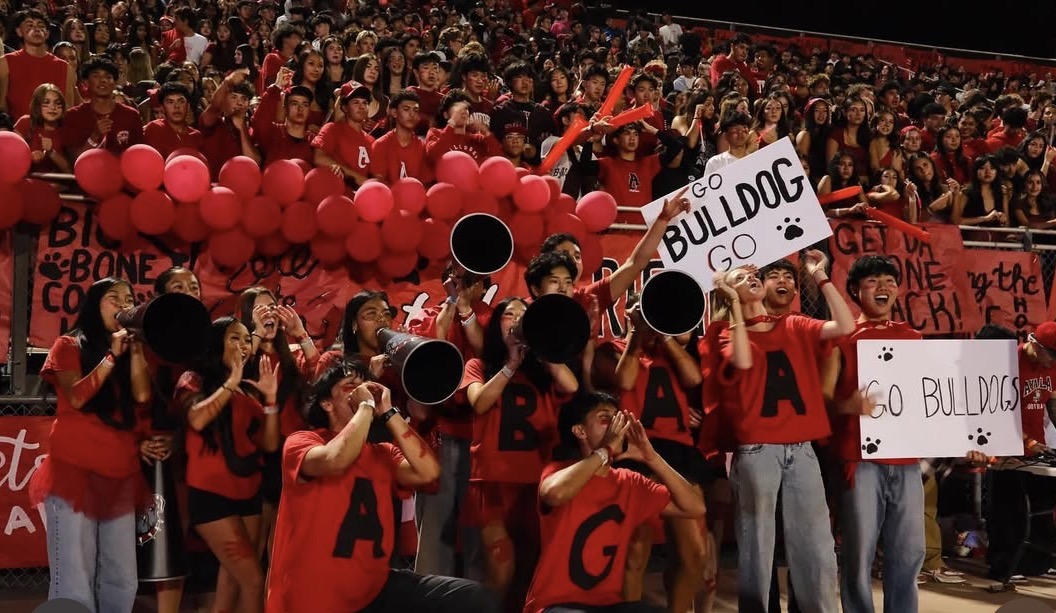




![“I'd say [this season was] successful because I didn't really think I was going to really play much because I'm a freshman. But my coaches took the time and believed in me,” Jonah Boyd (9) said. As a freshman, Boyd has already achieved great success during his first year on the boys Varsity baseball team.](https://ayalabulldogtimes.org/wp-content/uploads/2025/05/IMG_1598-1.jpeg)




